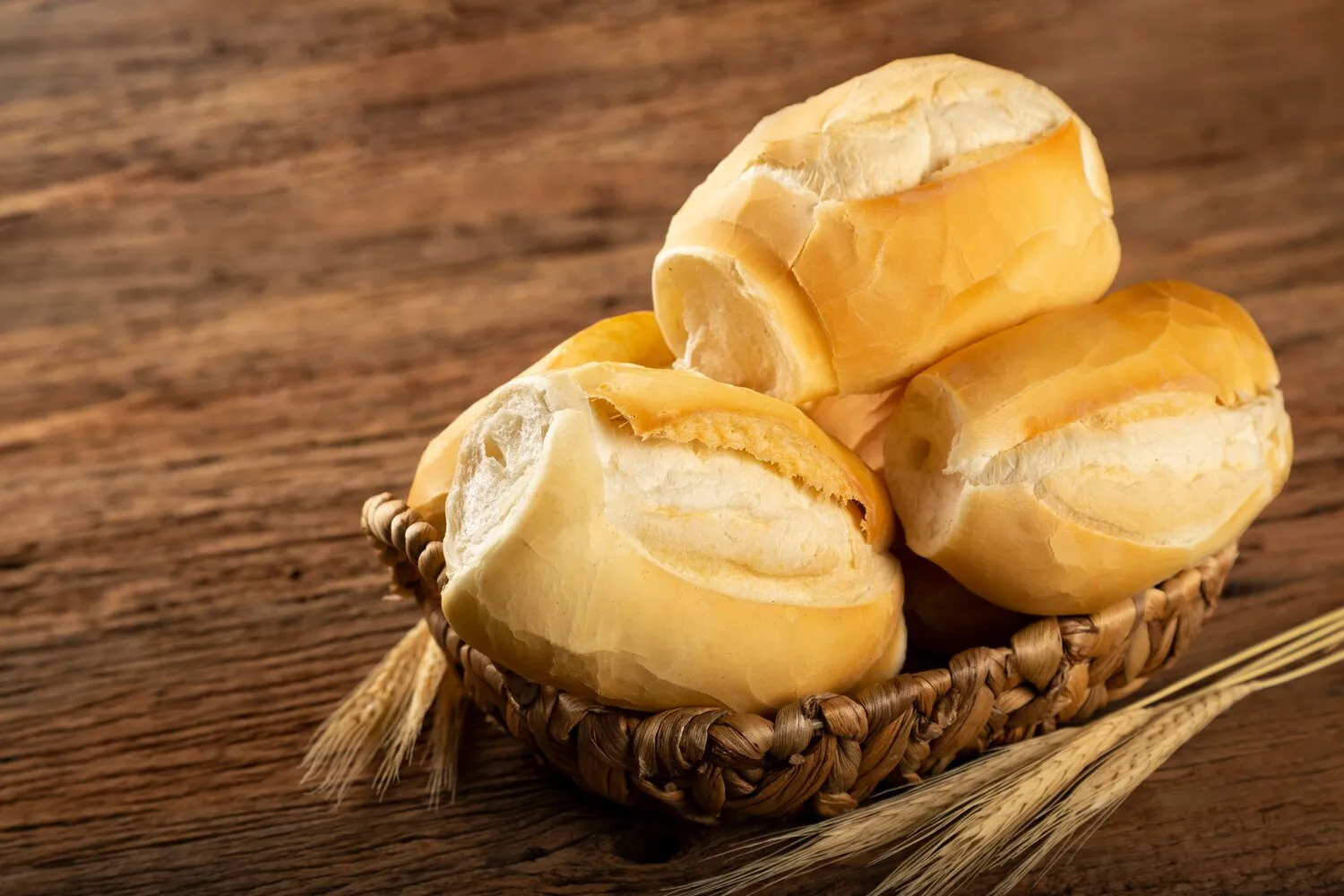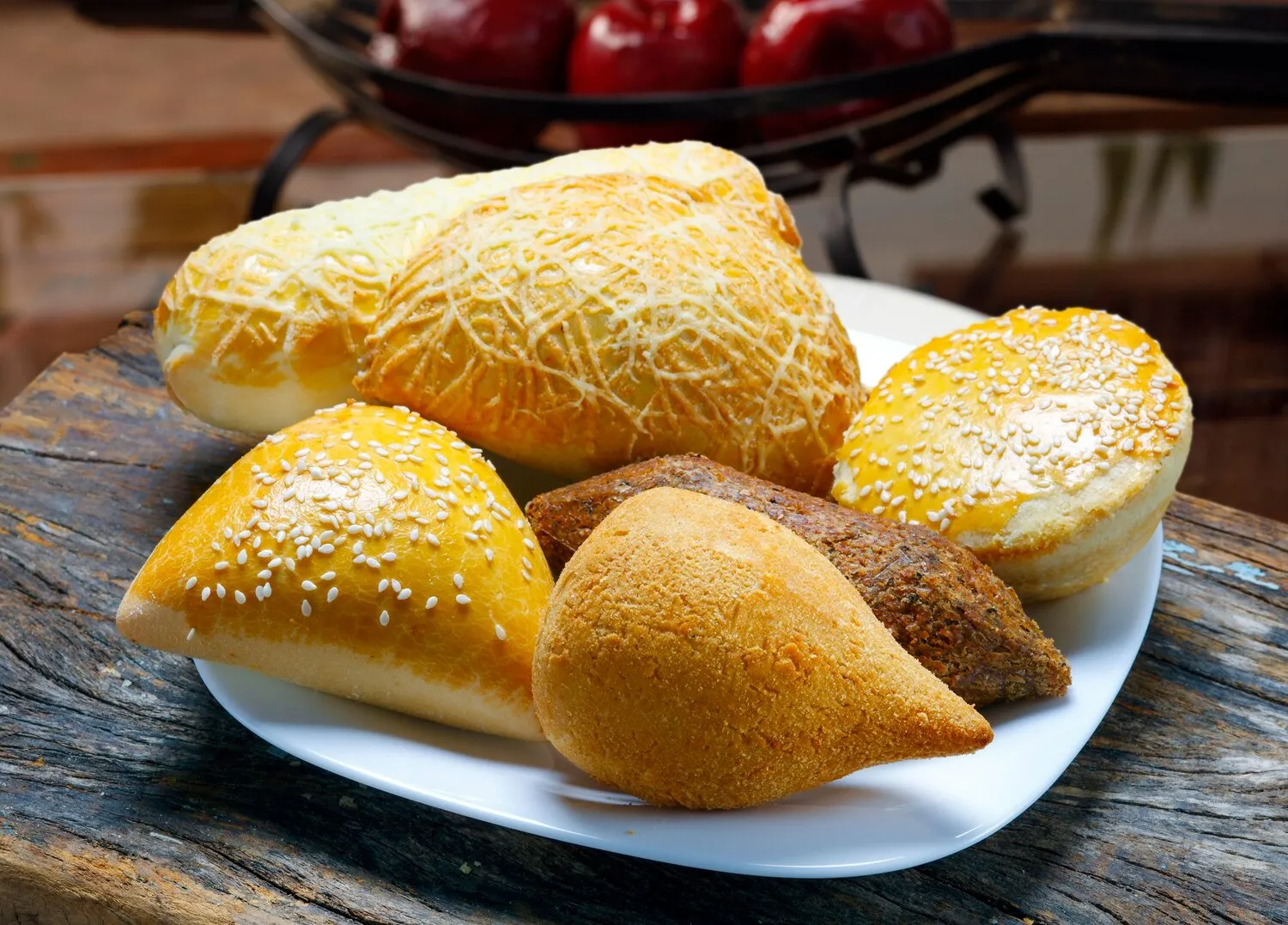
Torta
Variety of pies, with savory and sweet options.
Nutrition Facts
* The % Daily Value (DV) tells you how much a nutrient in a serving of food contributes to a daily diet. 2,000 calories a day is used for general nutrition advice.
Panificadora Guajará
The concept of 'torta' in Italy has ancient roots, evolving from simple flatbreads to elaborate pies. Etruscan and Roman civilizations contributed to early forms of torta. Over centuries, regional variations developed, incorporating local ingredients and techniques influenced by neighboring cultures and culinary traditions. Medieval influences added layers of complexity, with the introduction of spices and more refined dough-making processes. The torta's versatility has allowed it to adapt and thrive across Italy's diverse culinary landscape.
Torta plays a significant role in Italian culture, often appearing at family gatherings, festivals, and celebrations. Its versatility makes it suitable for various occasions, from casual picnics to formal dinners. It symbolizes hospitality and sharing, reflecting the importance of food in Italian social life.
Regional Variations
Each region of Italy boasts its own unique torta recipes, reflecting local ingredients and traditions. From the Torta Pasqualina (Easter Pie) of Liguria to the Torta della Nonna (Grandmother's Cake) of Tuscany, each variation tells a story about the region's culinary heritage.
Family Traditions
Torta recipes are often passed down through generations, becoming cherished family heirlooms. The process of making torta together can be a bonding experience, fostering a sense of community and shared identity.
Celebrations and Festivals
Tortas are frequently served during special occasions, such as Easter, Christmas, and local festivals. Specific tortas are associated with certain holidays, adding to the festive atmosphere.
Tortas offer a wide spectrum of flavors, ranging from savory herb-infused pies filled with vegetables and cheeses to sweet variations bursting with fruit and creamy fillings. The key is the interplay between the crust and the filling, creating a balanced and satisfying experience.
Savory tortas often feature combinations like ricotta cheese, spinach, mushrooms, and prosciutto, seasoned with herbs such as rosemary, thyme, and oregano. The crust can be a flaky pastry or a simple bread dough. Sweet tortas utilize fruits like apples, pears, berries, and cherries, often combined with custard, almond paste, or chocolate. Common flavorings include cinnamon, vanilla, and citrus zest. The type of flour used also influences the flavor, with some recipes calling for chestnut flour or polenta for a rustic touch.
Dough Consistency
For a flaky crust, use cold butter and ice water when making the dough. Avoid overworking the dough, as this can result in a tough crust. For a more rustic crust, experiment with different types of flour, such as semola or spelt flour.
Filling Stability
To prevent a soggy crust, pre-bake the crust slightly before adding a wet filling. Use ingredients like breadcrumbs or almond flour to absorb excess moisture. Ensure that the filling is not too liquid.
Baking Temperature
Bake tortas at a moderate temperature (around 350°F/175°C) to ensure even cooking and prevent the crust from burning. Monitor the torta closely and adjust the baking time as needed.
Explore additional Bakery dishes and restaurants
Explore BakeryDiscover top dining spots and culinary experiences in Ananindeua.
Explore AnanindeuaLearn more about the food culture, restaurant scene, and culinary heritage of Brazil.
Explore Brazil
